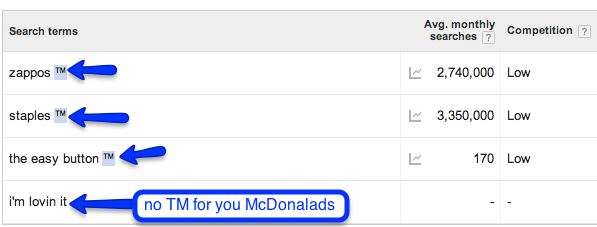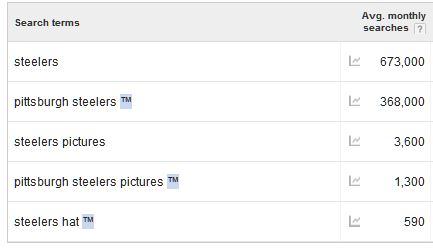#
the # instructs the server to ignore the line. used for including comments. each line of comments requires it’s own #. when including comments, it is good practice to use only letters, numbers, dashes, and underscores. this practice will help eliminate/avoid potential server parsing errors.
[F]
Forbidden: instructs the server to return a 403 Forbidden to the client.
[L]
Last rule: instructs the server to stop rewriting after the preceding directive is processed.
[N]
Next: instructs Apache to rerun the rewrite rule until all rewriting directives have been achieved.
[G]
Gone: instructs the server to deliver Gone (no longer exists) status message.
[P]
Proxy: instructs server to handle requests by mod_proxy
[C]
Chain: instructs server to chain the current rule with the previous rule.
[R]
Redirect: instructs Apache to issue a redirect, causing the browser to request the rewritten/modified URL.
[NC]
No Case: defines any associated argument as case-insensitive. i.e., "NC" = "No Case".
[PT]
Pass Through: instructs mod_rewrite to pass the rewritten URL back to Apache for further processing.
[OR]
Or: specifies a logical "or" that ties two expressions together such that either one proving true will cause the associated rule to be applied.
[NE]
No Escape: instructs the server to parse output without escaping characters.
[NS]
No Subrequest: instructs the server to skip the directive if internal sub-request.
[QSA]
Append Query String: directs server to add the query string to the end of the expression (URL).
[S=x]
Skip: instructs the server to skip the next "x" number of rules if a match is detected.
[E=variable:value]
Environmental Variable: instructs the server to set the environmental variable "variable" to "value".
[T=MIME-type]
Mime Type: declares the mime type of the target resource.
[]
specifies a character class, in which any character within the brackets will be a match. e.g., [xyz] will match either an x, y, or z.
[]+
character class in which any combination of items within the brackets will be a match. e.g., [xyz]+ will match any number of x’s, y’s, z’s, or any combination of these characters.
[^]
specifies not within a character class. e.g., [^xyz] will match any character that is neither x, y, nor z.
[a-z]
a dash (-) between two characters within a character class ([]) denotes the range of characters between them. e.g., [a-zA-Z] matches all lowercase and uppercase letters from a to z.
a{n}
specifies an exact number, n, of the preceding character. e.g., x{3} matches exactly three x’s.
a{n,}
specifies n or more of the preceding character. e.g., x{3,} matches three or more x’s.
a{n,m}
specifies a range of numbers, between n and m, of the preceding character. e.g., x{3,7} matches three, four, five, six, or seven x’s.
()
used to group characters together, thereby considering them as a single unit. e.g., (perishable)?press will match press, with or without the perishable prefix.
^
denotes the beginning of a regex (regex = regular expression) test string. i.e., begin argument with the proceeding character.
$
denotes the end of a regex (regex = regular expression) test string. i.e., end argument with the previous character.
?
declares as optional the preceding character. e.g., monzas? will match monza or monzas, while mon(za)? will match either mon or monza. i.e., x? matches zero or one of x.
!
declares negation. e.g., “!string” matches everything except “string”.
.
a dot (or period) indicates any single arbitrary character.
-
instructs “not to” rewrite the URL, as in “...domain.com.* - [F]”.
+
matches one or more of the preceding character. e.g., G+ matches one or more G’s, while "+" will match one or more characters of any kind.
*
matches zero or more of the preceding character. e.g., use “.*” as a wildcard.
|
declares a logical “or” operator. for example, (x|y) matches x or y.
\
escapes special characters ( ^ $ ! . * | ). e.g., use “\.” to indicate/escape a literal dot.
\.
indicates a literal dot (escaped).
/*
zero or more slashes.
.*
zero or more arbitrary characters.
^$
defines an empty string.
^.*$
defines one character that is neither a slash nor a dot.
[^/.]+
defines any number of characters which contains neither slash nor dot.
http://
this is a literal statement — in this case, the literal character string, “http://”.
^domain.*
defines a string that begins with the term “domain”, which then may be proceeded by any number of any characters.
^domain\.com$
defines the exact string “domain.com”
-d
tests if string is an existing directory
-f
tests if string is an existing file
-s
tests if file in test string has a non-zero value
Redirection Header Codes
- 301 – Moved Permanently
- 302 – Moved Temporarily
- 403 – Forbidden
- 404 – Not Found
- 410 – Gone



